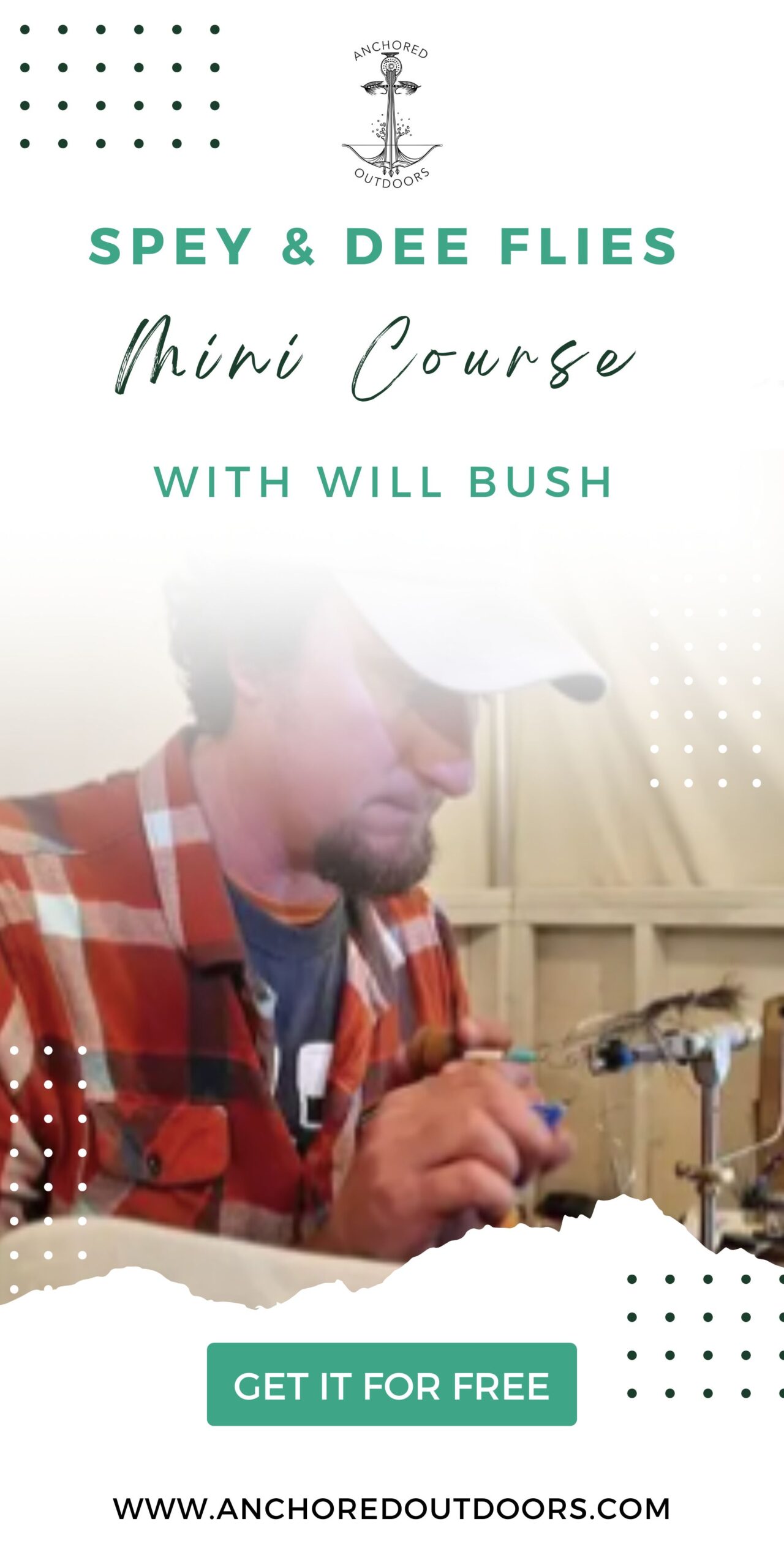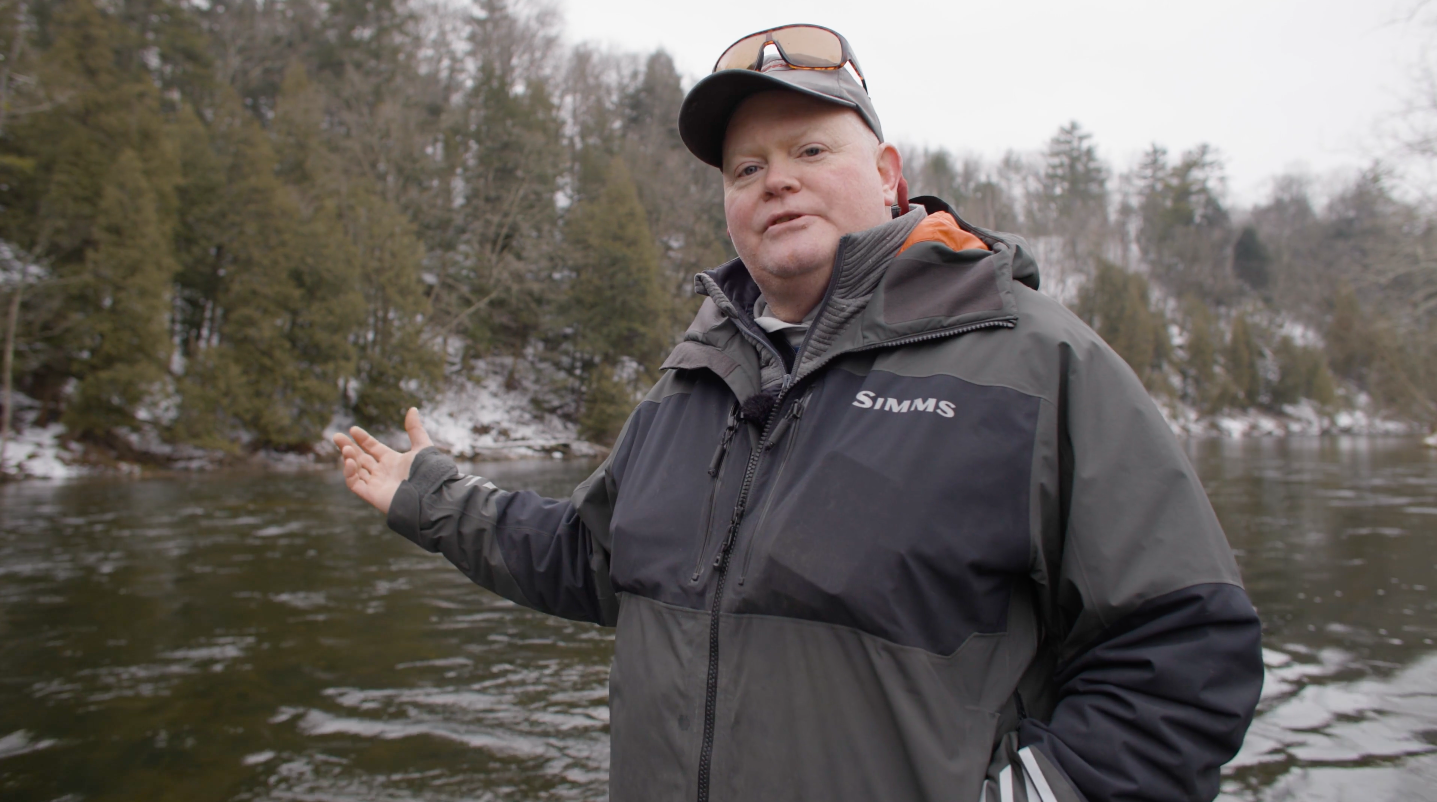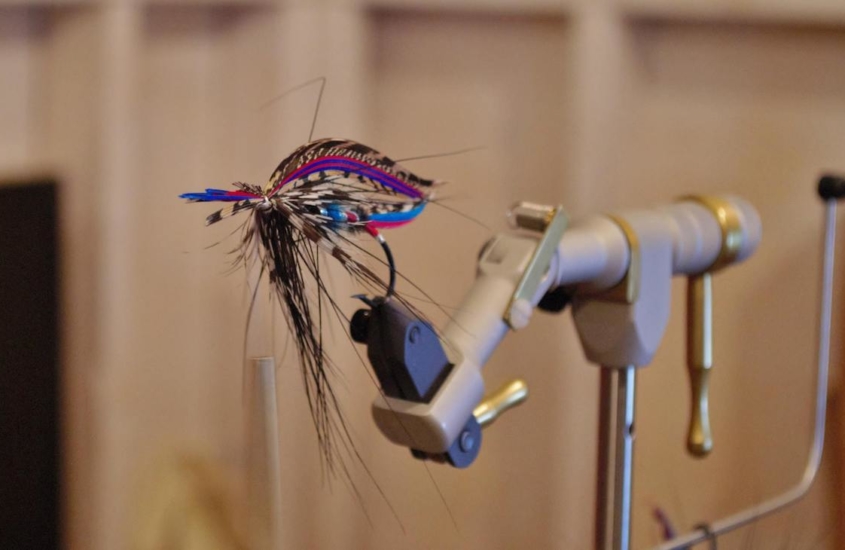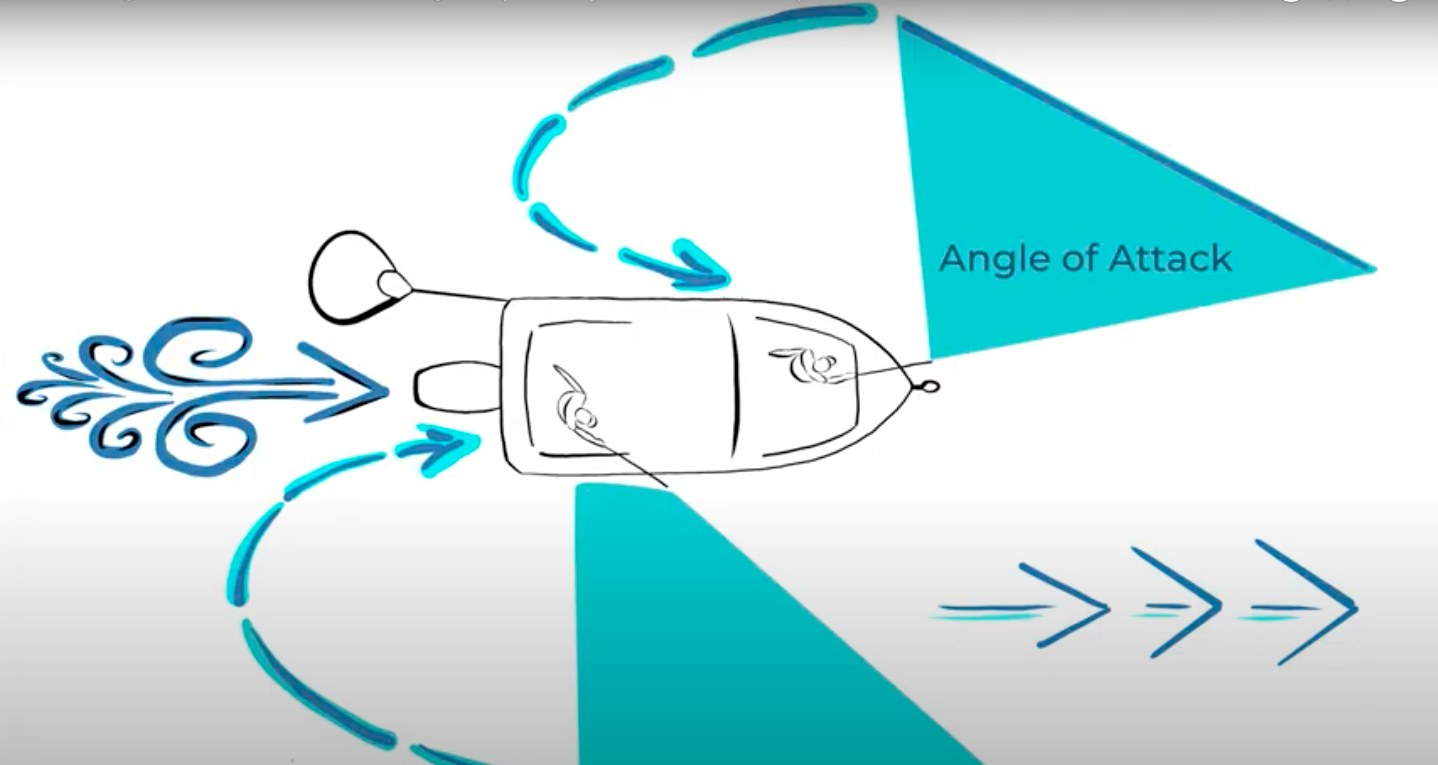Imagine yourself out fishing for a day on your favorite stretch of water and you see the biggest slab of a fish you have ever seen. As you watch, you notice it annihilating a ball of baitfish you don’t have a copy of in your fly box. You commit the baitfish to memory, head straight to your local fly shop and head over to the fly bin. Among the patterns that look as big as a slain ostrich and named things you couldn’t repeat in front of your mother is a pattern that is the exact size and color of the baitfish you were looking for. Everything appears perfect as you reach for it and pick it up. And that is when you notice that it looks like someone took a baitfish head and sat on it for about 12 hours. There may be anger, there is frustration, there may be tears, but hopefully with the tips I’m listing below you won’t mess up a baitfish the way this pattern is.
Below I have listed my favorite ways to create heads on baitfish, and when they are applicable for different species.
No Balls
Without sounding completely inappropriate, there are items that necessitate a “ball” shape and items that do not. A fly is one that does not. If you can think of a fish species out there in the world that when held up to a light has a defined ball shaped head, taper and normal body, I would love to see it.
Most ball shaped heads are formed by placing eyes too close to the eye of the hook, only adding epoxy around the eyes and simply placing in a head turning device and walking away. This can be easily corrected by placing your 3D eyes behind or slightly overlapping the back end of your thread where you whip finished, and carefully using UV product instead of epoxy to correctly form a perfect head.

Flat Face
Another pet peeve of mine is the flat face. As a child I remember taking my Barbie dolls, laying them in the sun for a few hours and then squishing their faces between my fingers at their temples making them look like something that would attack you in the night. Thanks to my demonic behavior as a child, whenever I see a flat faced baitfish it looks like a smashed faced Barbie doll in my head.
The smashed face technique with flies is achieved in a similar way. When adding 3D eyes to your pattern, instead of leaving a space in between the two eyes, add a drop of UV material in between the two eyes and press the two eyes together in between your fingers while adding light (artificial or sunlight), to set the UV. This spreads out the fibers, allowing the face to become vertical in shape, and gives a broader, flatter profile. This technique gives your baitfish a “wobble” in the water and allows it to dart easier with rod movement while retrieving.
Patterns where this profile technique is appropriate: perch, bluegill, pinfish, sunfish, bream, mollies. Patterns where this is not appropriate: trout fry, chub minnows, walleye, anchovy, etc.
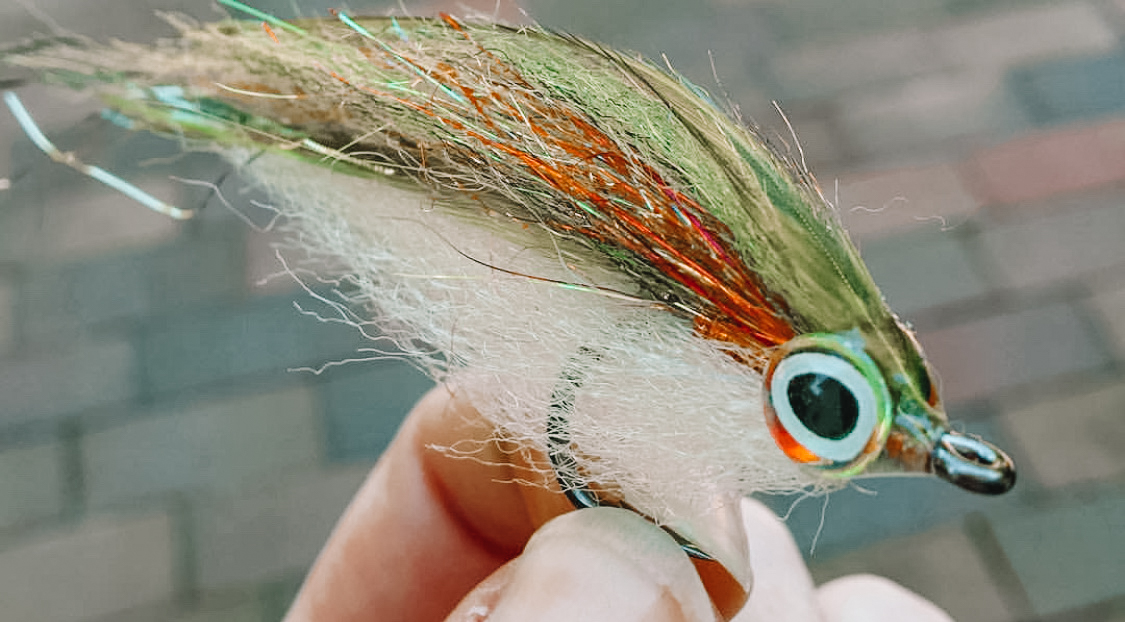
D’Head
D’Head is another popular shape that is classified as a horizontal laid “D” shaped dome (I condensed to “D’Head”), as you would see on a sculpin. In general, sculpins are a hard one to create a head on, and the subject of many questions I get asked regarding tying. They have such a naturally broad shaped dome, combined with a flat stomach (must be nice). Combined with the fact that they need to ride hook point up in most scenarios, most folks stop mid-tying and give up.
My favorite way to create this shape is utilizing weighted dumbbells and UV Thin to form the correct shape while hiding the weight at the same time. As shown below, I simply tie in the dumbbells approximately 1/3 of the way down the hook shank from the eye, and then add either a bulkier chenille with long fibers, pre-made wire brush, or dubbing loop with long fibers, and wrap from the dumbbells to the eye of the hook. I then tie it off and go back and cut a taper from the eye back to form a head shape. Then I cut the entire bottom half flat to form the belly. The final step is to add the eyes. This I achieve by sticking on 3D eyes on the top two sides of the D, adding a touch of UV Thin, setting it with the light, then filling in as needed.
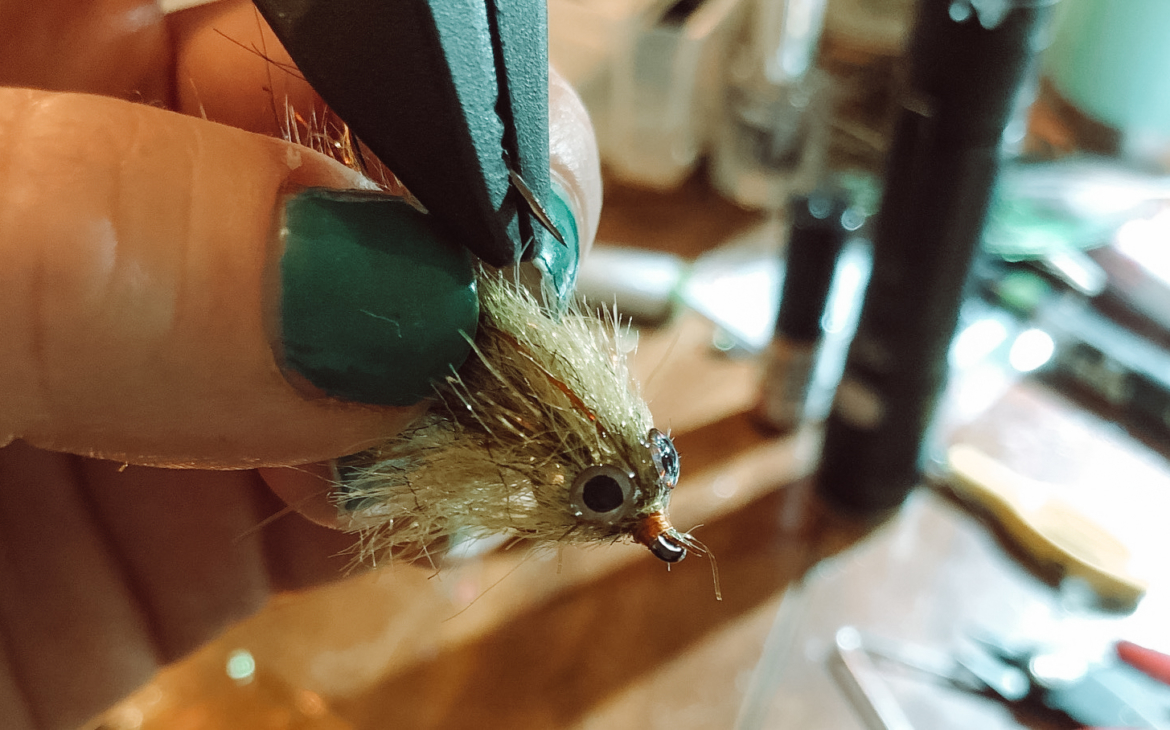
Super Fat
I think I shall call this the “Brita post COVID-19 lockdown fly shape,” as it is the biggest, fattest, meatiest profile you can achieve. For me, it took multiple sessions of Tiger King on Netflix, nacho cheese on pita chips and brownie batter in the microwave to achieve this look. For a fly, all it takes is a little bit of bucktail. You see, bucktail is neutrally buoyant, and adds the perfect amount of bulk and profile when used correctly. The way to do it is to stack it, tie it in forward and then fold it back without thread wrapping over any of it. This is a technique that was popularized by the original Hollow Fleye designed by Bob Popovics.
Patterns where this profile technique is appropriate: Herring, mullet, smelt, eels, etc.

My final words of advice on fly heads: Any time you are using UV products it will leave a polymer coating on it after setting that feels tacky (no matter how “tack free” they claim to be). This tackiness tends to grab onto fuzz and feathers in fly boxes and turns the head opaque in the end. I found that it is essential for the durability and clarity of heads to heavily coat the outside with a coat or two of clear head cement once your fly is finished and the head is set with UV light. Remember to do this in a well ventilated area.
For those who have made it this far, there are obviously multiple ways to create a head that only a fish could love. With the right UV products, the right light and a little bit of effort, you can create your own version of the perfect baitfish that will aid you on your favorite stream in the future for years to come.



